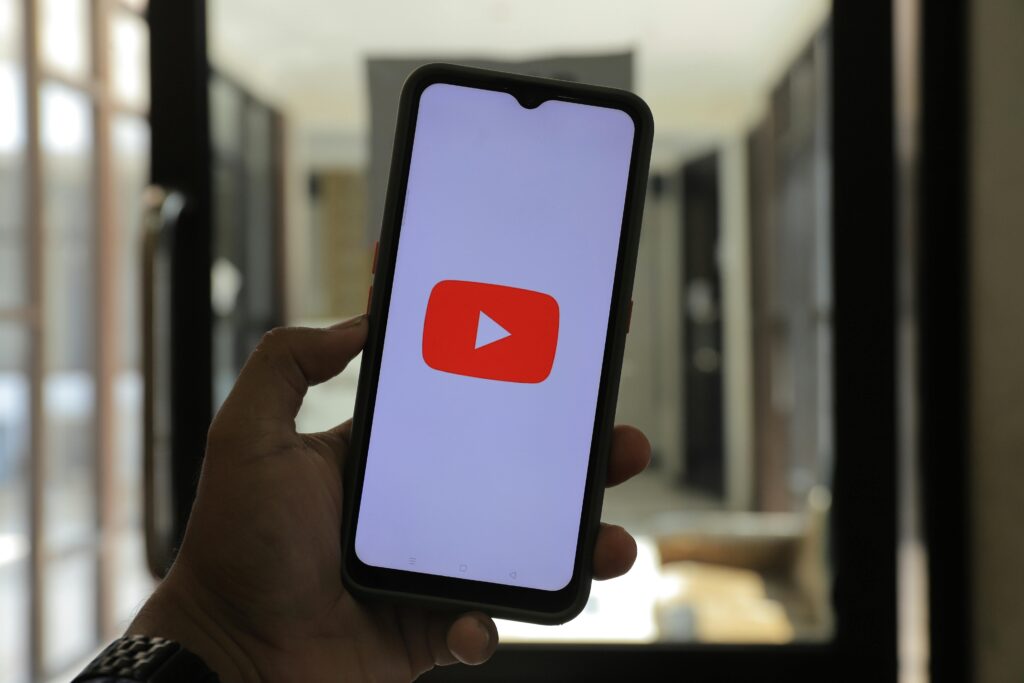Why the Recent YouTube Outage Is Trending
On October 15–16, 2025, users around the world noticed that YouTube (along with YouTube Music and YouTube TV) was inaccessible or malfunctioning for many. The outage caused video playback errors, blank screens, app crashes, and login problems—leading thousands of frustrated users to report issues simultaneously. (Reuters)
Within minutes, the hashtag #YouTubeDown shot across social media platforms, spurring widespread discussion, memes, confusion, and urgent calls for updates. (The Economic Times)
What Happened: Key Facts
- Multiple platforms affected — It wasn’t just YouTube’s main site; users also reported issues with YouTube Music and YouTube TV. (Reuters)
- Millions of users impacted — In the U.S. alone, over 366,000 reports were logged via Downdetector at the outage’s peak. Similar patterns were reported across the UK, Canada, and Australia. (Reuters)
- Service restored quickly — YouTube confirmed that the issue had been resolved soon afterward. However, the company did not disclose a precise root cause. (Reuters)
- Unclear origin — At the time of resolution, YouTube did not publicly announce what triggered the disruption. (Reuters)
Why It’s Trending: The Underlying Drivers
- Scale & visibility
YouTube is one of the world’s most visited platforms. So when it goes down, even temporarily, it affects millions of users—and news spreads fast. People rush to social media to check if the outage is local or global. (LiveNOW) - Social amplification
The hashtag #YouTubeDown exploded across X (formerly Twitter) and other platforms. Shared experiences, memes, and commentary helped push the outage into trending topics globally. (The Economic Times) - User dependence on streaming
Many rely on YouTube for entertainment, education, work, and content creation. Any disruption cuts off essential services for creators, viewers, students, and businesses. That makes every outage more than just an annoyance—it becomes a hot topic. - Curiosity + urgency
When a major platform fails, people want an explanation: Was it an attack, server failure, or maintenance? That curiosity fuels traffic toward tech news outlets and outage trackers. - Media & tech coverage
Outage reporting is a staple of tech journalism. Media organizations and outage monitoring sites quickly pick up on sudden spikes in user complaints, turning the outage into headline news.
Possible Technical Causes
While YouTube has not confirmed a definitive reason, here are common technical issues that often trigger such outages:
- Server / infrastructure failure — Hardware faults, software bugs, or unexpected overloads can crash services.
- Network / routing errors — Problems with backbone networks, DNS, or traffic routing can prevent access even if servers are healthy.
- Database or backend service issues — If core services (e.g. authentication, streaming pipeline) fail, it cascades into frontend outages.
- Software deployments / updates gone wrong — A malfunction in a recent update or patch can introduce critical bugs.
- DDoS or malicious attacks — Although not confirmed here, large platforms sometimes face distributed denial-of-service attacks which flood servers with requests.
- Third-party service dependencies — If a supporting service or CDN (Content Delivery Network) fails, it can disrupt YouTube’s global availability.
Outage trackers like Downdetector help show where reports cluster geographically, giving clues to where failures might be concentrated. (downdetector.ca)
What Users Can Do During an Outage
- Check site status dashboards (ex: Downdetector) to see whether others are reporting similar problems. (downdetector.ca)
- Try accessing via a different device, browser, or network (mobile data vs Wi-Fi).
- Clear browser caches or app data, or reinstall the app. (MultCloud)
- Monitor official channels (YouTube Help, Twitter/X) for updates.
- Be patient—platforms typically resolve major outages within hours.
Final Thoughts
YouTube’s outage is trending not just because it happened, but because of how it happened—sudden, widespread, unexplained—and when it happened, in an era where streaming is deeply woven into daily life. The combination of global user impact, fast social media response, and the mystery behind the causal chain makes these disruptions prime topics for trending conversations.



